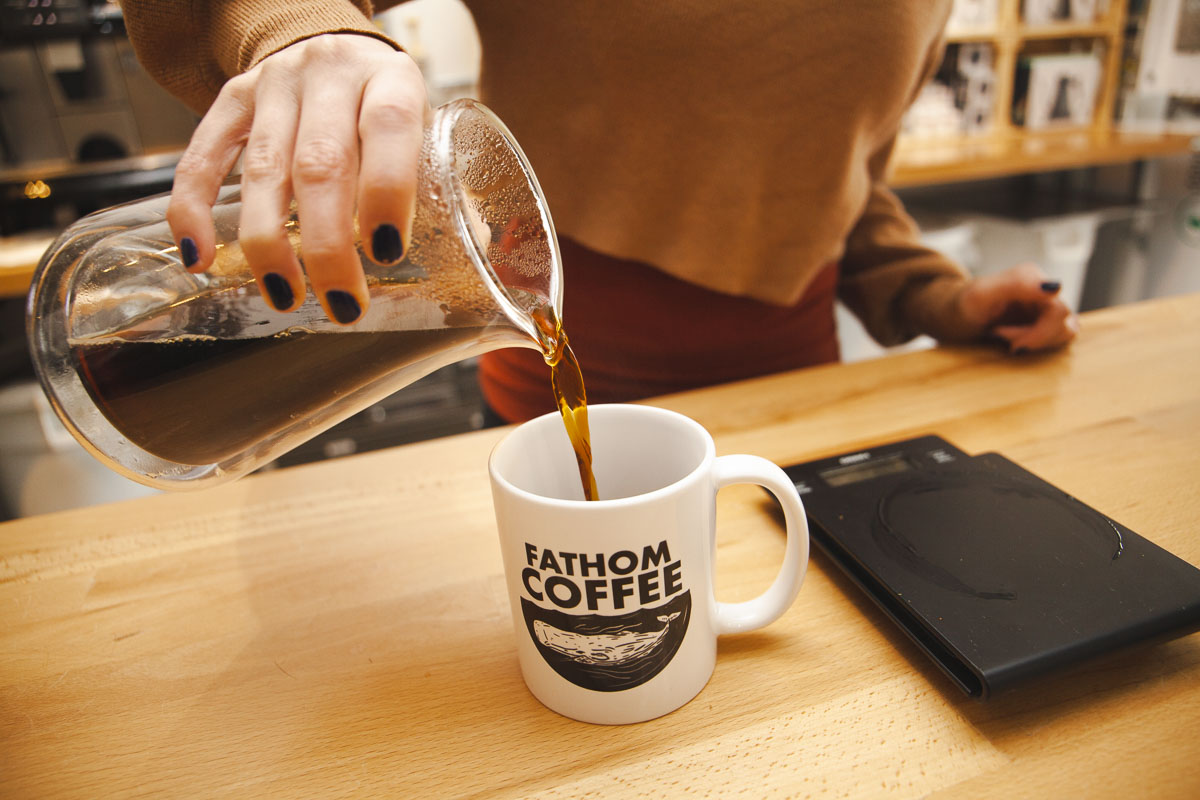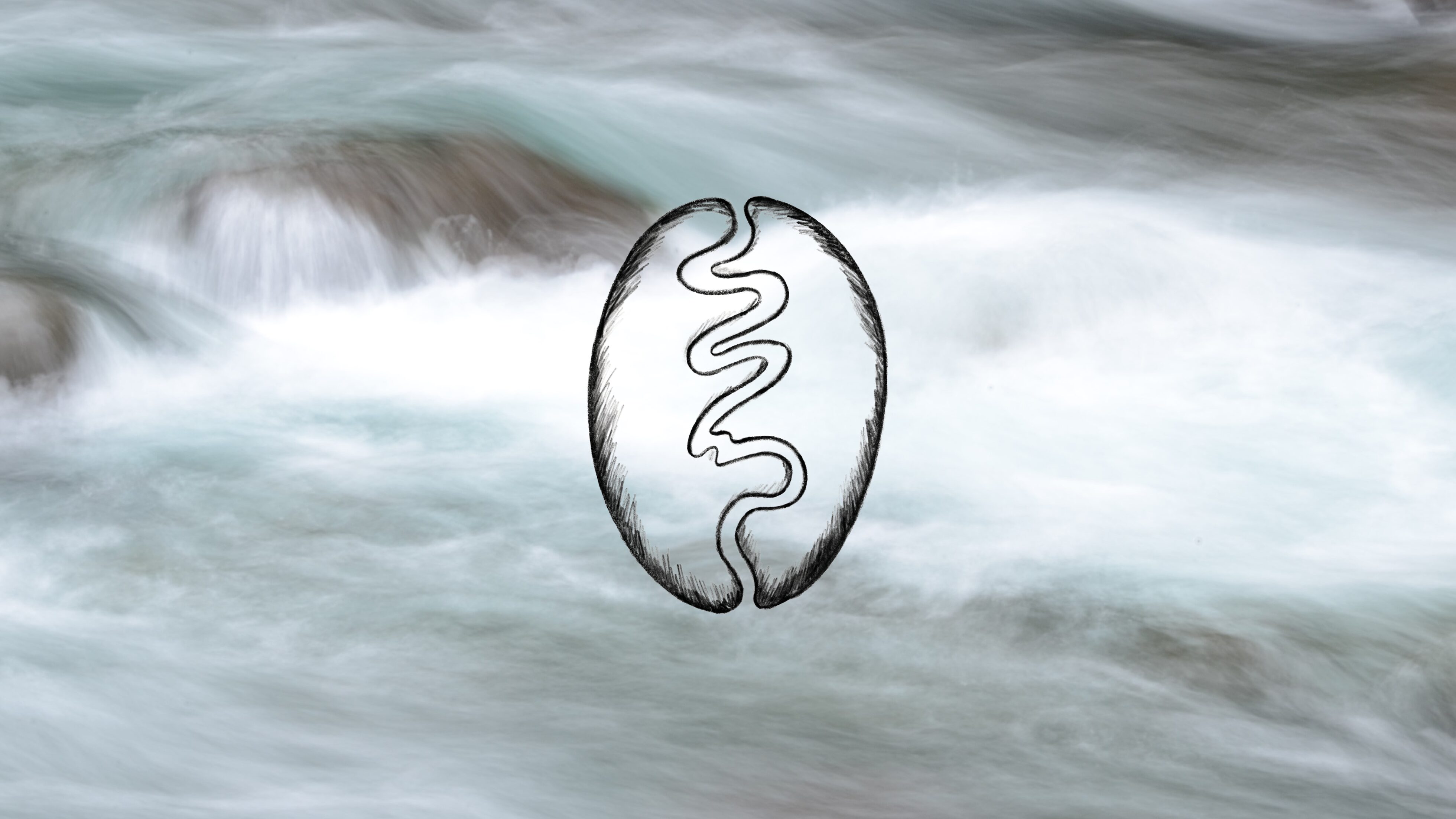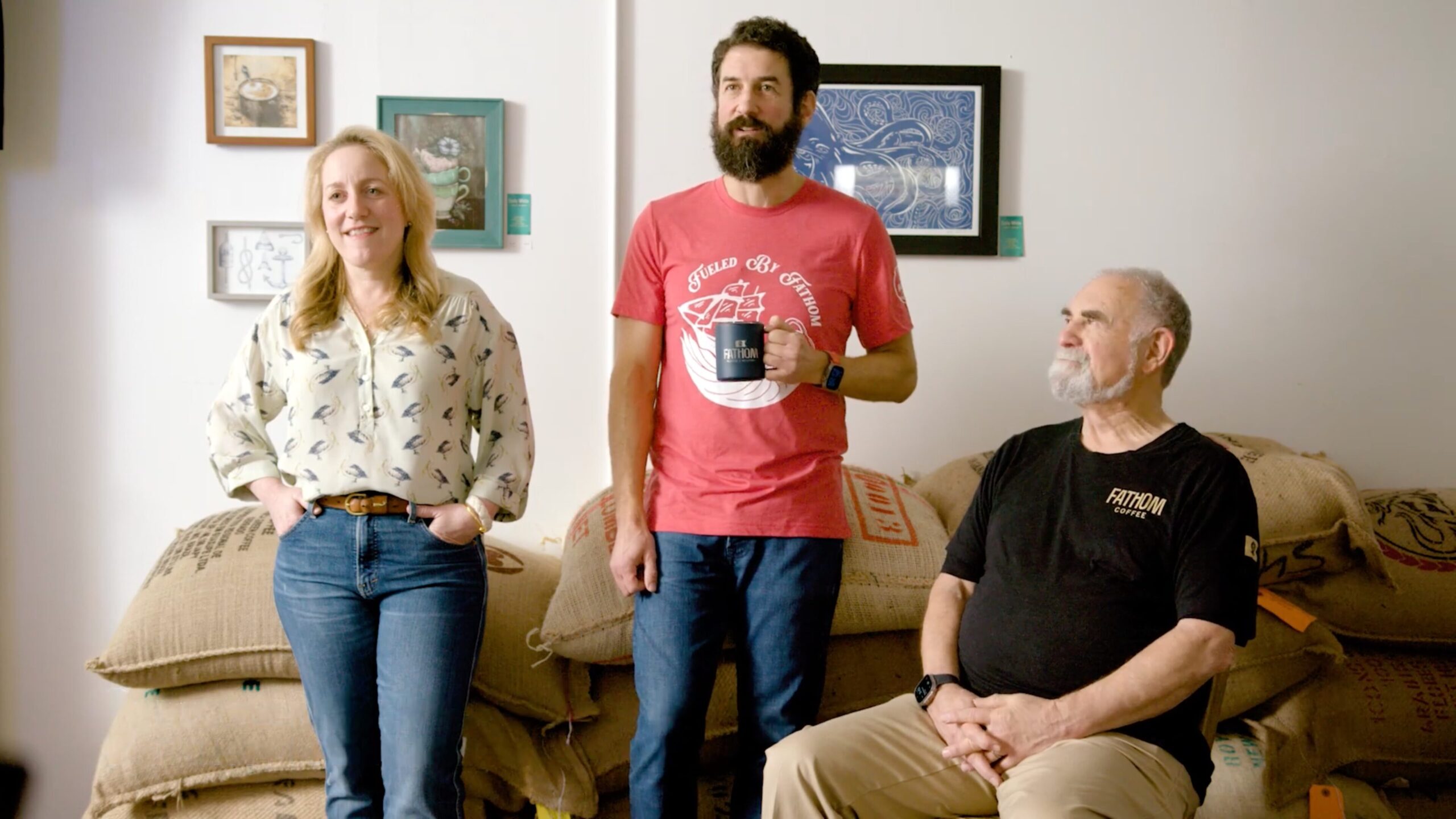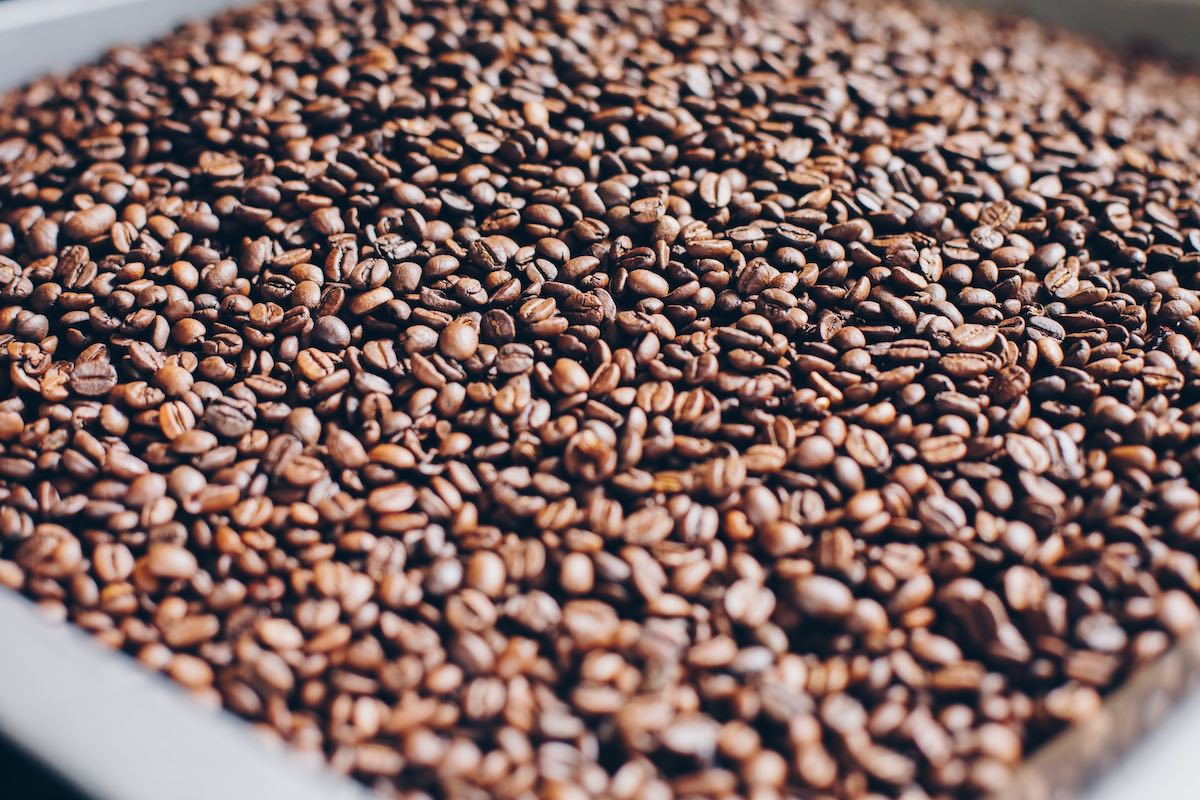The two main factors in brewing a good cup of coffee are freshness and bean quality. If your beans are low-quality or stale, there’s no way to brew a fantastic cup of joe with them. However, if you have these two components right, you can use just about any brewing method to make great coffee.
On Deck (Table of Contents)
- How can you tell if you have fresh coffee?
- Is your coffee too fresh?
- Is your coffee stale?
- TLDR: How long will your coffee stay fresh?
- How to Buy Freshly Roasted Coffee Beans
How can you tell if you have fresh coffee?
Here are seven ways to tell if your coffee is fresh or stale when you buy a bag or brew a cup at home.
1. Did you buy beans or ground coffee?
We usually recommend buying beans versus ground coffee since ground coffee degasses faster. Your coffee will only stay “fresh” enough to drink (and enjoy) for a short period after the beans are ground – typically up to a week or two. Plus, you might run into several other issues with pre-ground coffee:
- Carbon dioxide depletion (beans are oxidized and become stale)
- Contamination (different aromas could taint or mix with your coffee)
- Moisture exposure (dilutes the oils in your coffee)
The only time we might recommend buying pre-ground coffee is if you don’t have a quality coffee grinder at home. Your local roaster can grind your coffee so the grounds are consistent in size, leading to even extraction and more control during the brewing process.
Expert Tip: You’ve probably heard that you need to start making your coffee immediately after grinding the beans, or it will get stale. However, we’ve learned that you can grind your coffee and wait up to 48 hours before detecting a difference in the quality. We say this so that next time you head out on the road or to a hotel and want to take your favorite coffee along, you can! Your coffee will stay fresh for at least a day or two after grinding it.
2. Can you find a roast date?
Roast dates may or may not be good indicators of fresh coffee. It all depends on how the coffee is stored before it reaches your home. If you’re buying coffee from the grocery store, look for a “Best By” or “Roasted On” date. Try to buy coffee roasted within the last ten days or so. A lot of coffee on the shelves won’t have either of these labels, which means it could have been sitting around for months and is now stale.
“Roasted On” vs. “Best By” Dates
“Roasted On” is a better indicator of coffee freshness than “Best By” since many of the products at the grocery store come from large, commercialized manufacturers that roast in huge batches. It’s safer to buy straight from a small roaster – online or local. They’ll probably sell more small-batch coffees that quickly move off the shelves. Some might even roast to order and ship your product within a few days.
Coffee Bags vs. Vacuum-Sealed Containers
While the roasting date is important to keep in mind, it’s not a telltale sign of ideal coffee freshness. How roasters package their coffee has a lot to do with how fresh coffee stays over time. Airtight bags should keep your coffee fresh for up to six or seven weeks. At Fathom Coffee, we use vacuum-sealed Mason jars. We package our beans seven days after roast (or ten days, depending on the optimum timing). But here’s the kicker. Whenever you open your jar – weeks, months, or years later – it’ll be as fresh as the day we vacuum sealed it.
Expert Tip: It’s crucial to make your coffee shortly after opening a vacuum-sealed container. We always tell people that they should finish it within two weeks of opening. How long you take to drink your coffee after opening it matters more than the date it was roasted.
3. Does it bloom?
One of the most accurate ways to determine if you have fresh coffee is by making it with a pour over. First, grind your beans and grab your favorite pour-over device, like a Chemex. As you pour hot water over the coffee grounds, does it bloom? In other words, do the coffee grounds rise and bubble? Do you see foaming? If so, it’s a good sign. The carbon dioxide is being released from the beans (off-gassing) and being replaced with water, leading to coffee extraction. If your coffee is old and stale, it won’t bloom.
4. Should you consider the oiliness of the beans?
You may have heard that the dryness or oiliness of your beans indicates freshness. However, this is a common misconception. Oiliness is an indicator of how long your beans were roasted. The longer beans roast, the more oils are extracted. Therefore, a dark roast will naturally look and feel oiler than a lighter roast. Both oily and dry beans can be either fresh or stale.
5. Does the bag have a degassing valve?
If you’re buying coffee out of a bag, which most roasters use to sell their coffee, make sure the bag is airtight. It should have a degassing valve – a one-way valve that allows carbon dioxide (CO2) to escape but doesn’t let oxygen enter. Oxygen is what causes coffee to get stale and become less flavorful.
You can also buy beans sold in Mason jars or vacuum-sealed containers like we sell here at Fathom. After we roast our coffee, it begins off-gassing carbon dioxide. We vacuum seal the beans reasonably quickly, so the jars fill up with CO2. They become empty of oxygen to prevent the beans from oxidizing. In other words, they stay fresh until they’re opened again.
6. Where did you get your beans?
Small-batch coffee is generally better than large-batch coffee for several reasons, which we cover in our previous article: “All About Nano Roasters.” In a nutshell, coffee roasted in small or nano batches allows for quality control, more care and attention, and maximum freshness and potency.
7. How does your coffee taste in the cup?
At the end of the day, it all comes down to how the coffee tastes to you. Does it taste fresh after you brew it? Do you enjoy it? Can you taste different flavor notes? Is it well balanced? If the answer is a resounding yes, that’s what matters most – no need to overcomplicate things here.
Is your coffee too fresh?
There’s such a thing as coffee that’s too fresh to drink. Roasters know this. If you’re about to drink a cup of coffee that was roasted today, yesterday, or a few days ago, put on the breaks. It won’t taste good. That’s because it hasn’t had enough time to off-gas and age appropriately.
Many coffee beans need a week or two to reach their optimal time after roasting, and they aren’t ready to grind and brew before that. For example, our Yemeni coffee tastes amazing 14 days after roasting.
Is your coffee stale?
If your coffee smells musty or rancid and has a dull taste, it’s stale. Other words people have used to describe their stale coffee include cardboard-like, bready, and lifeless.
TLDR: How long will your coffee stay fresh?
This depends on several factors, many of which we’ve covered throughout this article already. Here’s a rundown of the top contributors to how long your fresh coffee stays fresh:
- When you grind your beans
- If you buy beans vs. pre-ground coffee
- How you store your coffee beans
- How old the beans are and where you get them
As a rule, we recommend finishing your coffee within two weeks of opening a bag or jar. If you buy from a good roaster and leave a vacuum-sealed container of coffee beans on the shelf, they should stay fresh for weeks, months, or even years after roasting. In fact, high-quality coffee beans roasted five years ago could taste a whole lot better in the cup compared to mediocre coffee beans roasted last week.
How to Buy Freshly Roasted Coffee Beans
Look for a small-batch, specialty coffee roaster. Many local roasters offer subscriptions, so you can try different coffees and have them delivered straight to your door.
Here at Fathom, we proudly offer a vast lineup of single-origin beans. Order your favorite or try something new by ordering online or at our shop in Virginia Beach. We always keep our selections fresh, so you can sit back, relax, and sip to your heart’s content.



